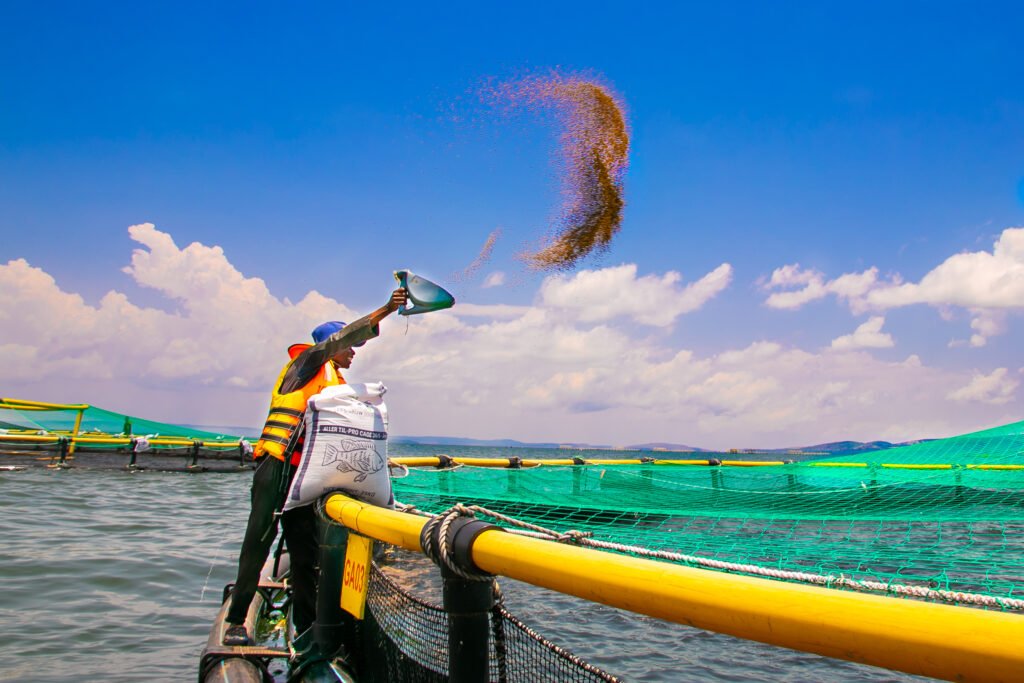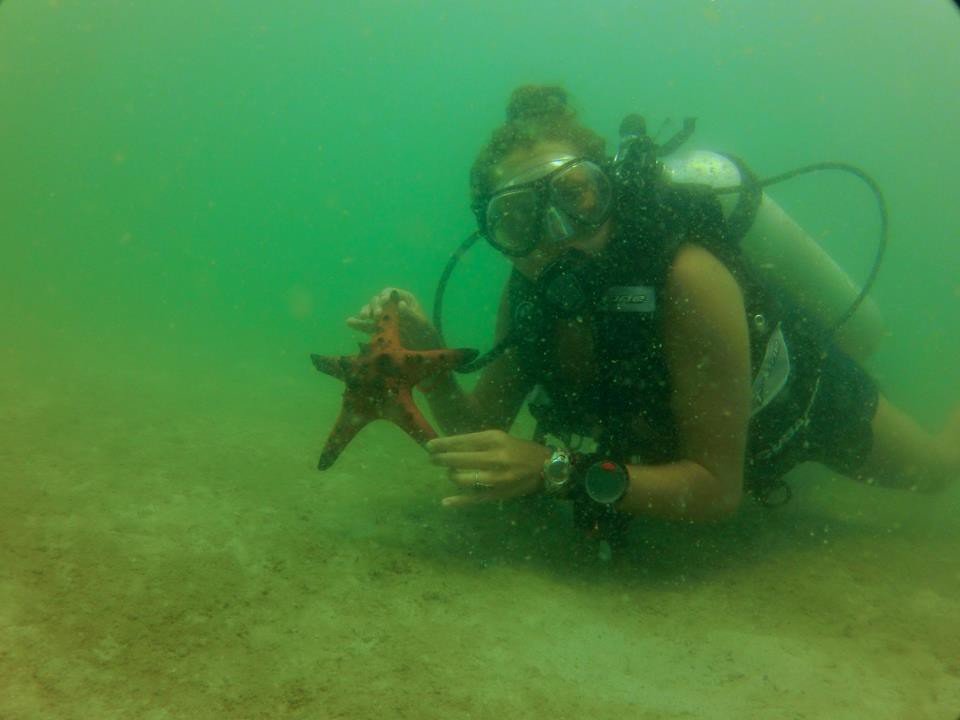The vast expanse of the world’s oceans is a source of wonder and a reservoir of resources pivotal for life on Earth. However, these marine ecosystems face unprecedented threats due to human activities. Overfishing, pollution, and climate change are just a few of the factors endangering marine biodiversity. In response, scientists, policymakers, and activists are developing innovative strategies to safeguard the oceans. This article explores the evolving strategies in ocean conservation aimed at preserving marine ecosystems for future generations.
Understanding Marine Ecosystems

Marine ecosystems are complex networks where organisms interact with each other and their environment. They include everything from small coastal habitats to vast open ocean systems. These ecosystems provide essential services, like oxygen production, climate regulation, and food resources, which are critical to both marine and human life.
The Importance of Ocean Conservation

Oceans cover approximately 71% of the Earth’s surface and house most of the planet’s biodiversity. They play a crucial role in stabilizing the global climate, absorbing carbon dioxide, and producing over half the world’s oxygen. Protecting these ecosystems is vital for the health of the planet and the survival of countless species, including humans.
Marine Protected Areas (MPAs)

Marine Protected Areas are designated regions where human activities are regulated to conserve biodiversity. Recent strategies have focused on expanding these areas to protect more regions, aiming for 30% of oceans to be designated as MPAs by 2030. This approach helps to preserve critical habitats and allows ecosystems to recover from human-induced damages.
Sustainable Fishing Practices

Overfishing is one of the leading threats to marine biodiversity. New strategies in sustainable fishing include using technology to monitor fish populations and enforce quotas. Moreover, practices like catch limits, protected species regulations, and restricted fishing areas are being implemented to ensure fish populations can regenerate.
Combating Ocean Pollution

Pollution from plastic waste, oil spills, and runoff is devastating to marine life. Conservation efforts aim to reduce pollution through stricter regulations and cleanup initiatives. Recent technology innovations, like floating barriers that collect ocean debris, are on the rise. Public awareness campaigns are also pivotal in reducing the use of single-use plastics.
Tackling Climate Change

Climate change poses a significant threat to marine ecosystems through ocean warming and acidification. Conservation strategies include efforts to mitigate climate change at its source by reducing greenhouse gas emissions. Additionally, restoring wetlands and mangroves can help protect coastlines from rising sea levels and erosion.
Innovative Restoration Projects

Restoration projects are key in revitalizing damaged ecosystems. Coral reef restoration, for example, involves growing corals in nurseries before transplanting them to affected areas. These projects improve biodiversity and resilience, helping ecosystems recover and thrive.
Community Engagement

Local communities have a vested interest in protecting their marine resources. Efforts to include them in conservation strategies are proving successful. By educating and empowering local populations, conservationists can implement culturally and economically sustainable solutions.
Leveraging Technology and Innovation

Technology plays a crucial role in modern conservation strategies. Drones and satellite imagery offer new ways to monitor marine life and human activities. Artificial intelligence is increasingly used to analyze data and predict trends, aiding in the development of proactive conservation efforts.
International Collaboration

Oceans have no boundaries, and effective conservation requires international cooperation. Treaties and organizations like the United Nations are crucial for establishing global standards and communicating best practices. Initiatives such as the Global Ocean Alliance work to unite countries around common conservation goals.
Economic Incentives for Conservation

Creating economic incentives for conservation can be a powerful tool. Ecotourism, for example, not only raises awareness but also generates funding for conservation projects. Payment for ecosystem services (PES) schemes reward communities or businesses for conserving natural ecosystems that provide valuable services.
Advocacy and Awareness

Raising awareness about the importance of ocean conservation is critical for effecting change. Social media campaigns, documentaries, and public service announcements help inform and engage the global public, creating a groundswell of support for protective measures.
Policy Development and Enforcement

Strong policies are the backbone of effective conservation efforts. Developing robust legal frameworks and ensuring they are enforced prevents activities that harm marine environments. International policies, as well as local regulations, are imperative for sustained success in ocean conservation.
Adapting to Changing Conditions

Adaptation strategies are becoming imperative due to the rapid pace of environmental change. Whether through genetic adaptation of species or changes in conservation strategies in response to feedback, adaptability is necessary for long-term success.
Conclusion: A Call to Action

The need for ocean conservation has never been more urgent. As we advance our understanding and technology, we are equipped with better tools to face the challenges of marine conservation. Yet, success hinges on global cooperation, continued innovation, and a commitment to change. Everyone has a role to play in the future of our oceans, from small daily actions to large-scale policy implementation. Together, we must ensure that the Earth’s oceans continue to thrive for generations to come.



